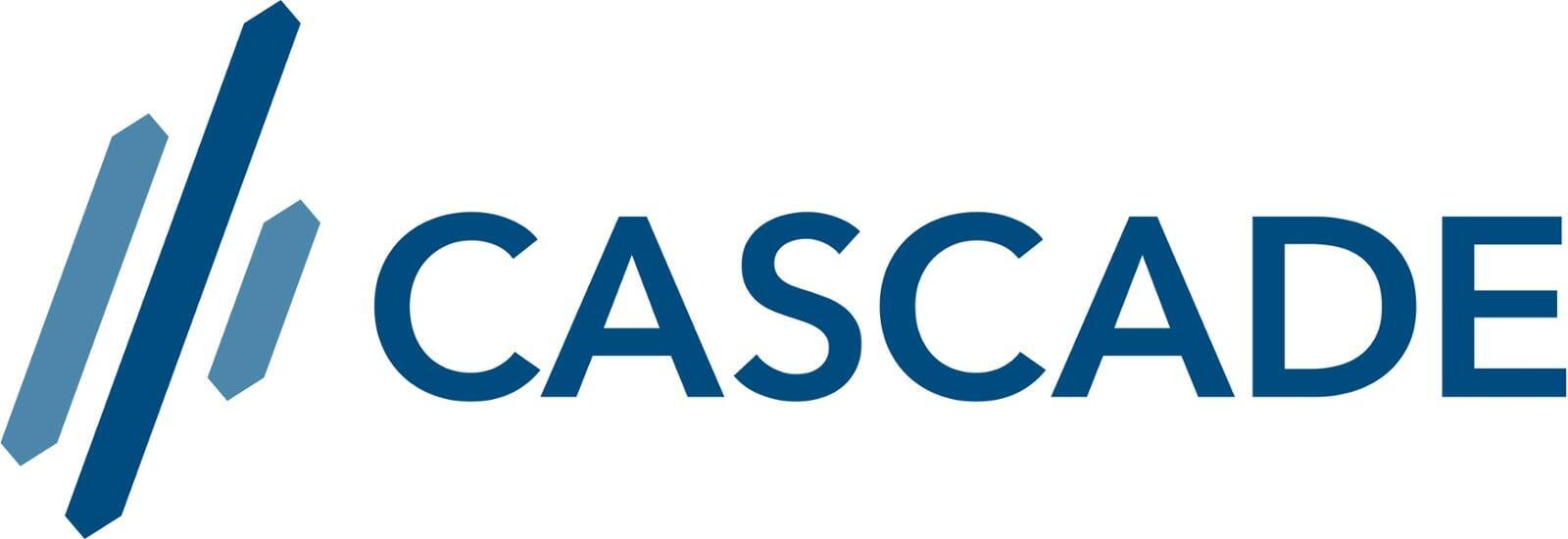Borrowers sometimes say, “I get an audit 1 of our financial statements from our CPA each year. Why do the Collateral Examiners need to come out to our offices and do the same thing?”.
Companies borrowing on their trade receivables and inventories under a line of credit with their Lender are subjected to the scrutiny of both - and usually at the same time of year! Their loan officer must prepare a big analysis to renew the line of credit for another year. This process happens in the 3-4 months following the Borrower’s fiscal year end. The loan officer must synthesize an array of information to get the renewal approved: financial statements spread, compared and analyzed; industry analysis updated (tariffs anyone?); projections of the coming year’s business plans; and a review of the collateral performance – among other things.
What is the difference between the collateral examination and the CPA’s audit? At heart, it is a difference of scope and purpose. The scope of the collateral exam is focused on the “operating cycle”:

The CPA Audit, on the other hand, has responsibility for the financial statements as a whole – not just current assets and certain liabilities. So, where the Collateral exam takes a few days, the CPA audit may take weeks and costs significantly more. Collateral Examination firms or individuals (CEs) are not practicing as accountants, although CEs are trained to some degree in accounting and a few may have the CPA designation hanging on their wall.
Approvers of loans at financial institutions recognize that collateral is, at best, the secondary source of payment for the loan (possibly tertiary or even lower), if a business fails to cash-flow its way out of debt. The Lender needs to know, “What amount of cash could be realized out of the collateral?” This question is always in an unfavorable context – liquidation of the business, however remote that may seem today. This is where the CPA Audit and the Collateral Examination diverge: the CPA assumes a “going concern”. 2 The CE cannot.
The liquidation viewpoint is a squishy sort of work: The CE uses asset-based lending 3 underwriting rules of thumb, questions around the nature of the asset, and a certain level of judgment. Receivables at a construction subcontractor differ greatly from a distributor’s. Inventories at a manufacturing concern are way different compared to the wholesale distributor or retailer. The conversion of assets to cash to pay down the loan – how would that actually be done? What strategies - and costs - will be associated with keeping the lights and heat on in an extended liquidation period? The CE, in a few days, deals with these concepts in the abstract and based on the bitter historical experience of Lenders who have been faced with the reality of wringing cash out of a failed business.
For a business needing to leverage its receivables, inventory, their Lender needs to know a) the financial statements are reliable, and b) what the pledged collateral will realize if it were necessary to rely on it. The loan must be limited by the calculated collateral value discounted for the uncertainties that exist in every business and industry.
Both the CPA and the Collateral Examiner are key partners with the business in greasing the wheels of commerce.
Have questions or feedback? Contact us at info@cascadecredit.com!
